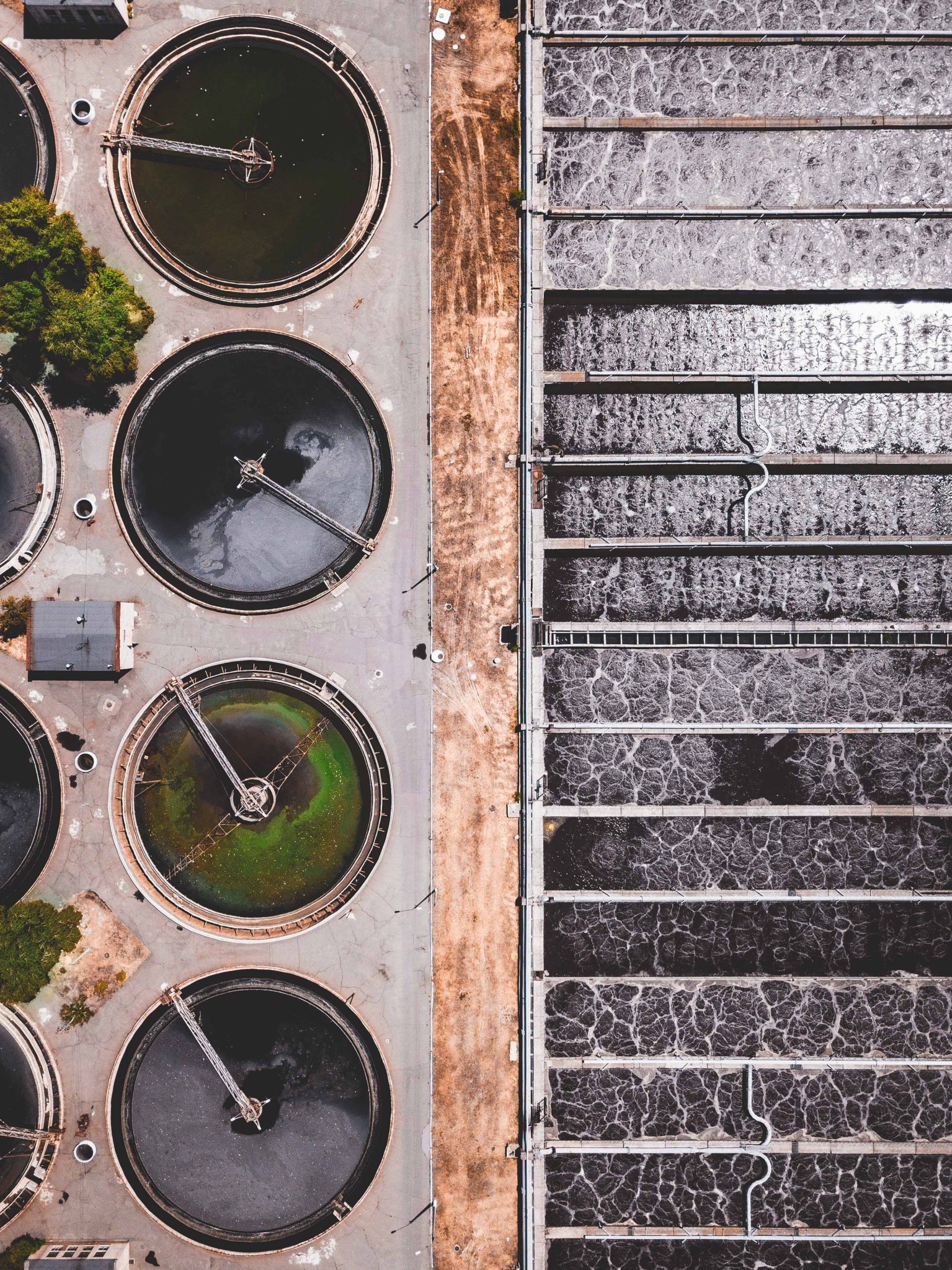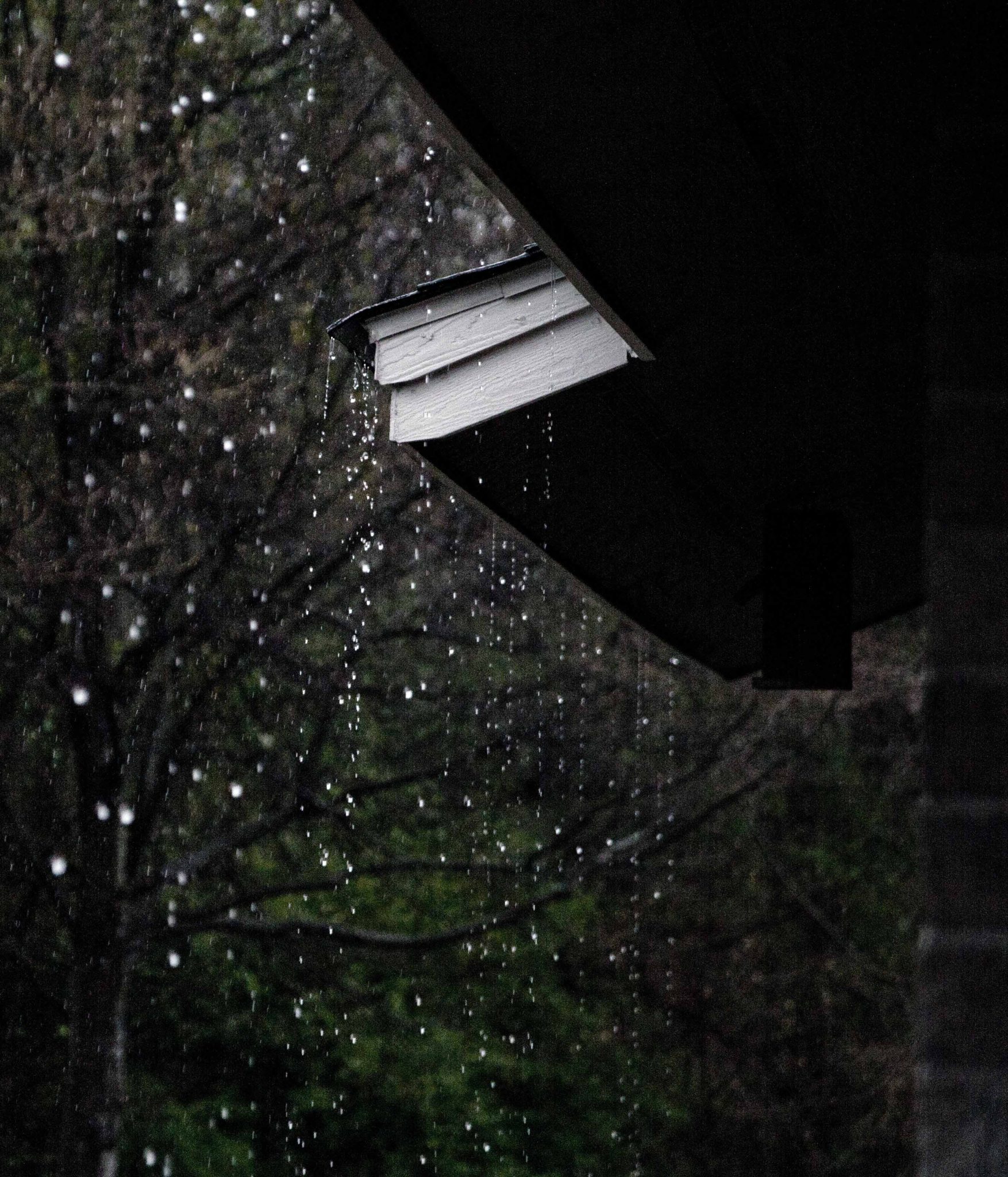Apart from Mogden in West London, no sewage treatment works in Wales and England has volumetric monitoring on its overflows.
Welsh Government’s Better Water Quality Taskforce has now agreed that overflow permits must contain a definition of “exceptional circumstances”, with 4mm per hour of rainfall proposed by Natural Resources Wales.
Thursday 1st June, 2023
A report published last week by Professor Peter Hammond and environmental group Windrush Against Sewage Pollution (WASP) has confirmed the inadequacies of sewer overflow monitoring by water companies and regulatory bodies in Wales and England.
The report points to the lack of consideration of the volume of sewage entering rivers through overflows. Apart from Mogden in West London, it states that most other sewage treatment works in Wales and England measures only the number and length of discharges, otherwise known as event duration monitoring or EDM. Mogden is the only works for which volumetric data is published online.
In Wales, Welsh Water has more overflows monitored (99%) for discharge frequency than any other UK water company. However, it is still unable to measure the volume of the sewage entering rivers.
Instead of installing volume meters, Welsh Water has agreed to assess its overflows on the basis of ‘ecological harm’ by monitoring the environmental impact upstream and downstream of each one. In theory, this means that not just the number of discharges will be taken into consideration when assessing impact but also the volume and concentration of the sewage, the circumstances in which the discharges occur and the ability of the receiving river to deal with it. This approach is more likely to ensure spending by Welsh Water will be geared to resolving those overflows that are damaging the environment most.
The definition of ecological harm is yet to be devised but it must reflect the requirements of Welsh rivers. In light of the recent Natural Resources Wales report on the dire situation for salmon and sewin populations, it must specifically consider the survival of these fish species.
Environmental monitoring upstream and downstream of sewer overflows should enable Welsh Water to prioritise work on those that are causing the most ecological harm.
The report also raises concerns over the permits issued by regulators in Wales and England, which allow overflow discharges during ‘exceptional circumstances.’ This is a term that has long been waiting for a clear definition. WASP give their own recommendations on what this could be but in Wales, Welsh Government’s Better Water Quality Taskforce has now agreed that permits must contain a definition, with 4mm per hour of rainfall proposed by Natural Resources Wales.
While overflows discharge sewage, plastics and chemicals into rivers we must remember that in Wales, they only contribute a small percentage of the nutrients (according to SAGIS modelling). Standard sewage treatment work outfalls, septic tanks and, above all, agriculture contribute far more to the excessive levels of phosphates and nitrates that are currently blighting so many Welsh rivers.
Afonydd Cymru would like to thank Professor Peter Hammond and WASP for their excellent work. Their report can be found in the links below.
More Information:
“WASP Review Part 5 – Effective regulation of untreated sewage discharges needs volumetric and catchment-based monitoring.” Prof. Peter Hammond, WASP, May 2023


